Sean Russell grew up on the shores of Lake Ontario in a small beachfront cottage outside of Toronto. His bedroom window looked out over the lake’s ocean-like expanse of water and he recalls “that view was more valuable than anything. It opened up great vistas. I imagined you could set sail and arrive at the Caribbean or anywhere, for that matter.”
The cottage was remote enough from television and movies that books were the family’s main form of entertainment. His parents were voracious readers and his mother read a lot of books to Sean, so many that when he was 10 years old he decided he’d be an author someday.
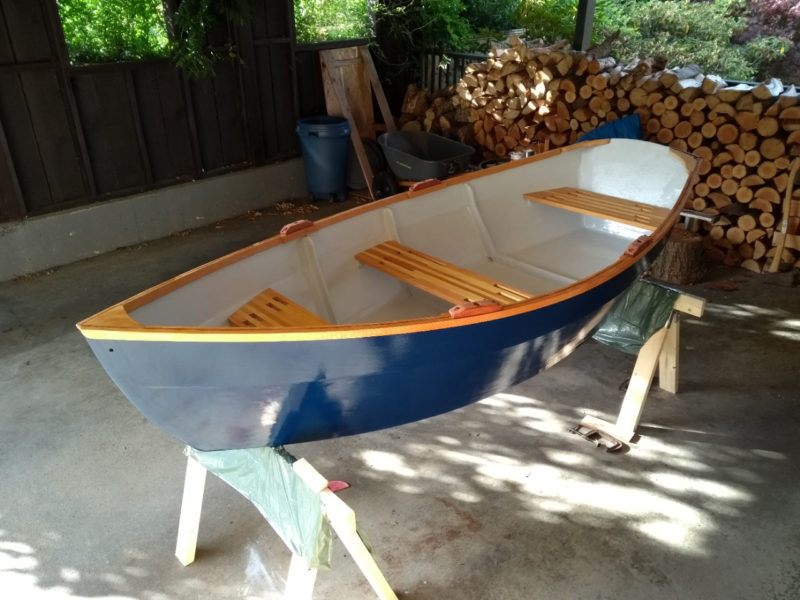 Photographs courtesy of Sean Russell
Photographs courtesy of Sean RussellThe seats are glued-up 7/8″-square strips of fir and yellow cedar. The seats are slotted to make them lighter. Two adults could sit side-by-side on the center thwart so one of its strips is 2″ deep to provide extra stiffness.
That someday came and he published his first book, a fantasy, in 1991 at the age of 39. He later wrote a series of books—the Lt. Charles Hayden historical naval-fiction novels—about men-of-war in the age of sail. He created THEMIS, a fictional frigate, and could see it in his mind’s eye in great detail, but the ship existed only in his imagination.
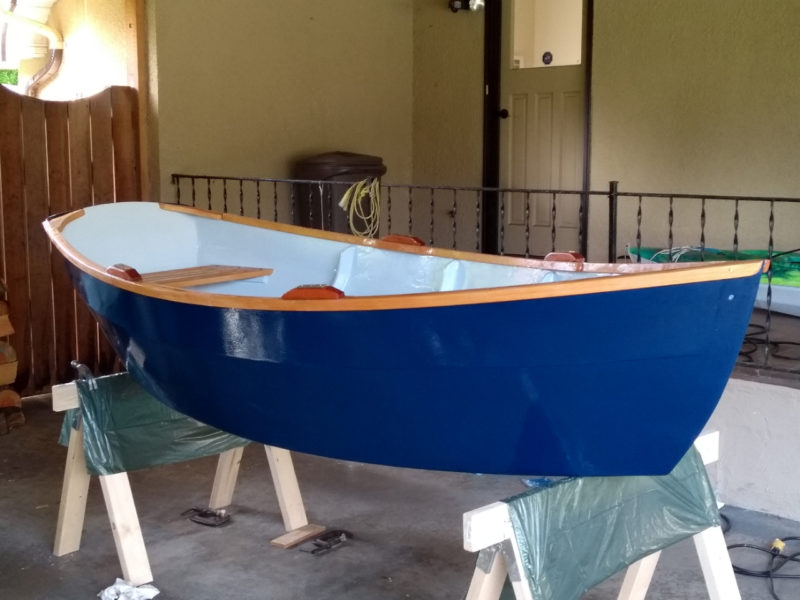
The finished skiff tipped the scales at just 85 lbs.
He moved to Vancouver Island, British Columbia, and now lives in just a short walk to the water. His imagination turned to smaller boats, ones that he could actually build and use. He created hundreds of designs for rowing and sailing craft, at first drawing them by hand, and later with CAD programs. In our May 2016 issue, he shared with us his SWEET PEA, an 8′ strip-built peapod. While SWEET PEA served as a tender for his sailboat, it wasn’t designed for that role, and Sean decided to design a new small rowing boat to replace it. It would be a dory skiff, large enough to carry four adults, along with a propane tank, and groceries, and still have ample freeboard. It had to fit on the deck of the mothership between the mast and windlass, which set the length of the tender at 9′ 1-1/2″. For stability, the beam would be 4′ and the bottom would be 34″ across at its widest point. The plywood bottom, garboards, and transom would be assembled with stitch-and-glue construction, but to dress up the sides with another curve, the sheerstrake would be added as glued-lap plywood.
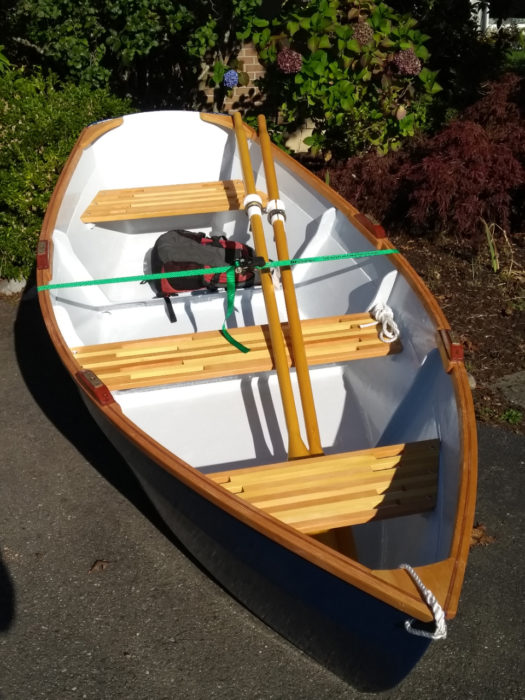
RIPPLE has two rowing stations so the boat can be properly trimmed with different loads aboard. The spruce oars were made by Barkley Sound Oars on Vancouver Island.
Some dory skiffs have the transom widened and the run flattened to accommodate an outboard, but Sean would have none of that. He even narrowed the transom and gave the bottom enough rocker to keep it from dragging. “We don’t like the sound of outboards,” he says, “and we don’t want to carry the fuel. And oddly, I like to row. Why one needs an outboard to go even 300 yards to the beach is a mystery to me, but then today’s tenders, most of which inflate, row terribly.”
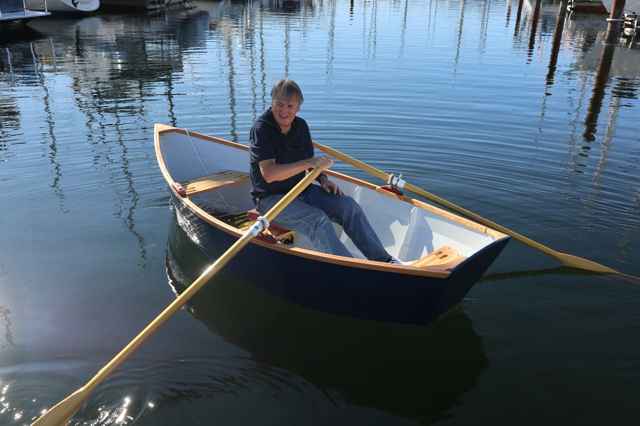
Sean reports that his dory skiff, RIPPLE, “is a robust, stable little craft and rows beautifully. I think it will make a fine tender and a great little boat for exploring anchorages.” Sean’s RIPPLE is about as far as a boat could be from his frigate, THEMIS, but while both spring from his imagination, only RIPPLE can truly carry him away from shore.![]()
Do you have a boat with an interesting story? Please email us. We’d like to hear about it and share it with other Small Boats Magazine readers.
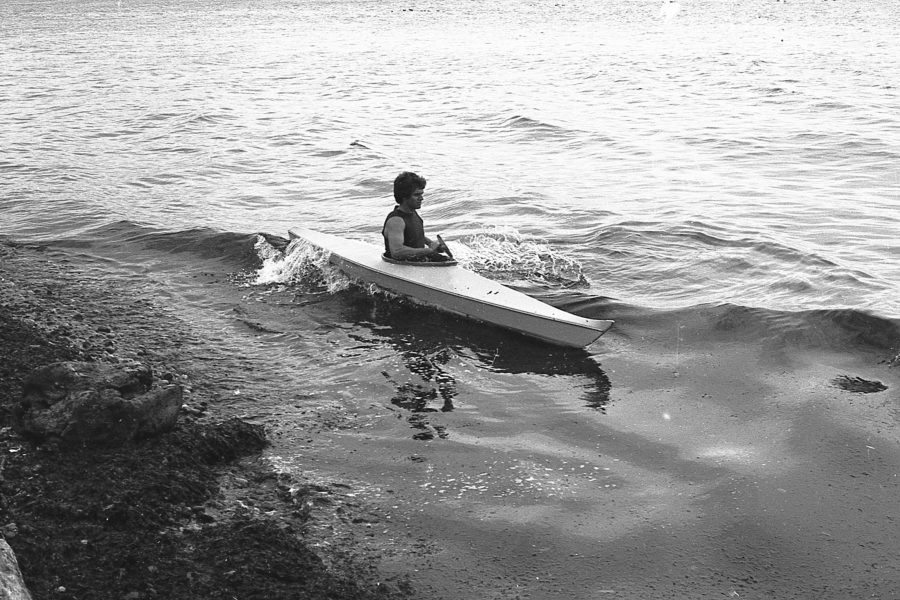
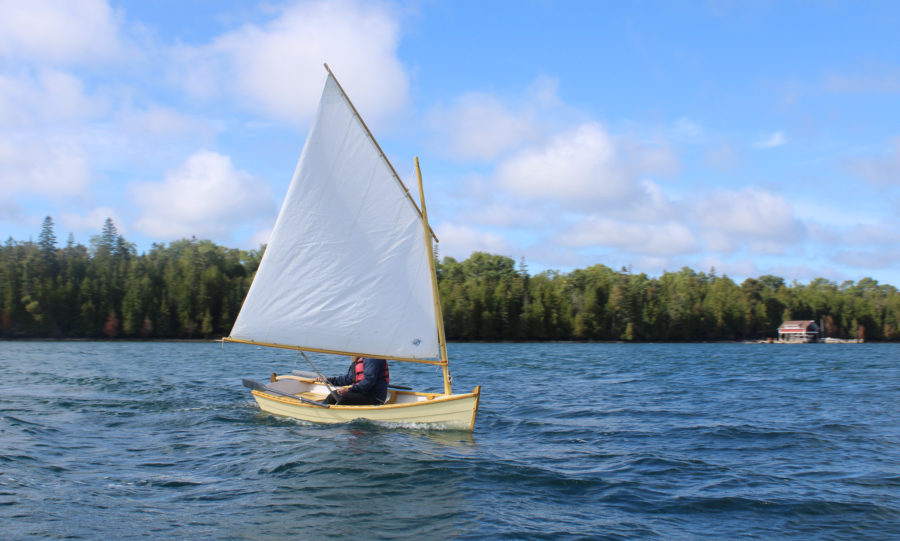
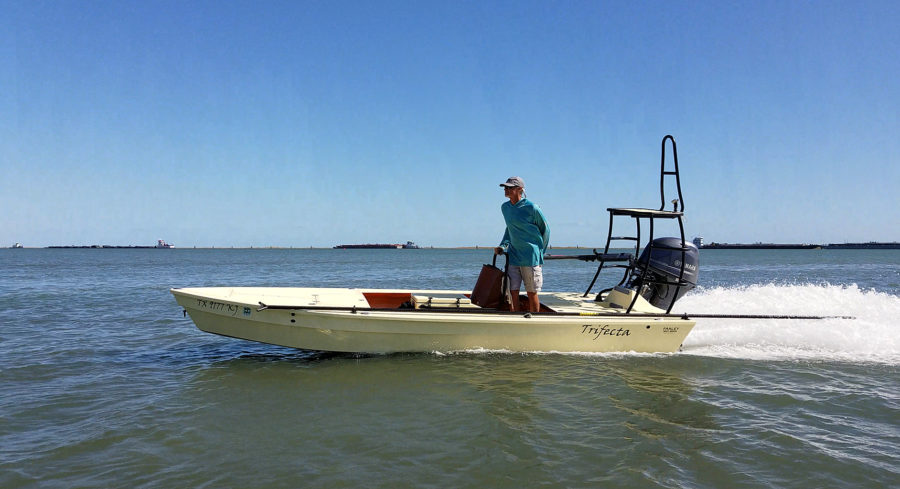
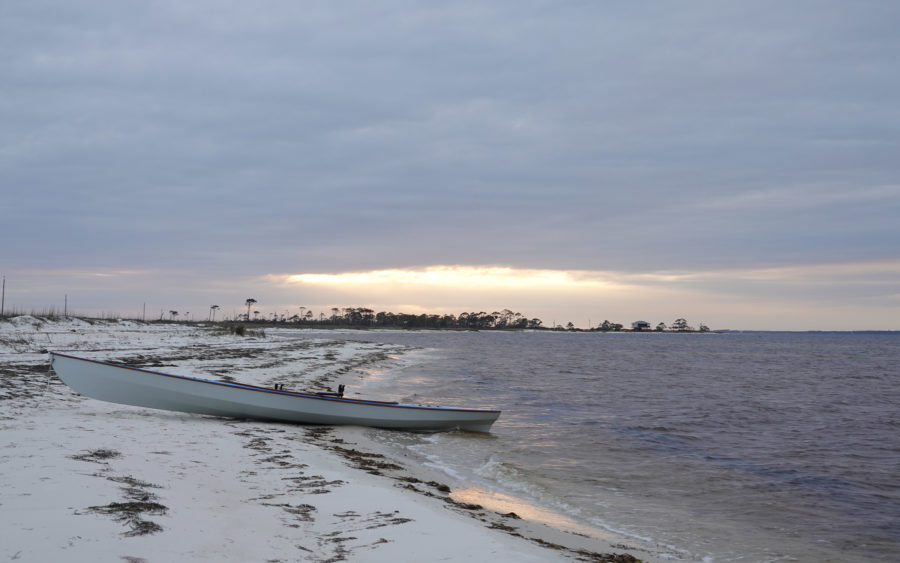
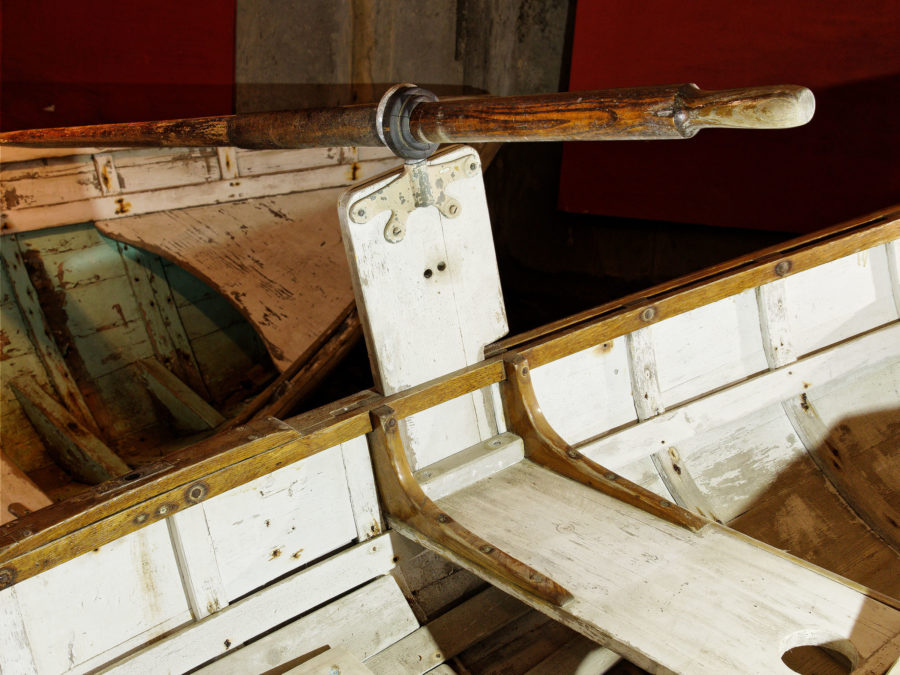
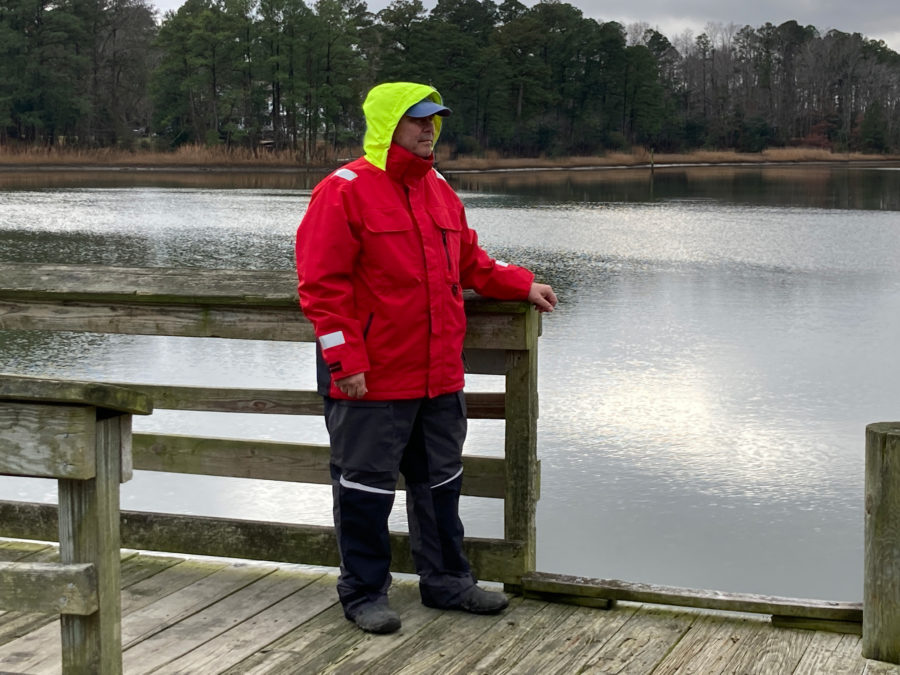
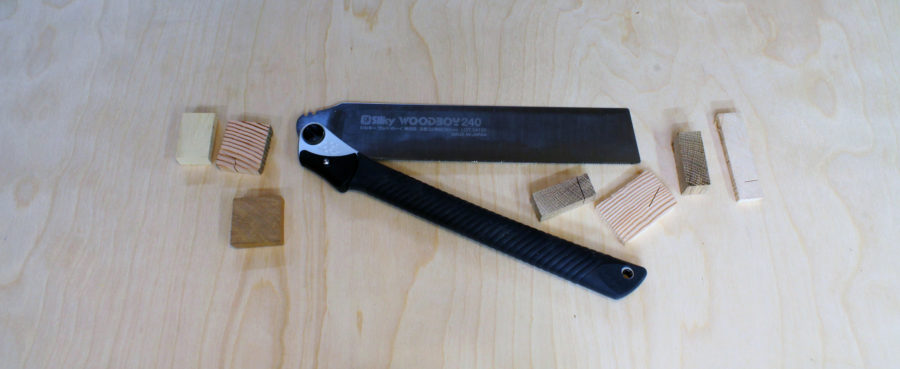

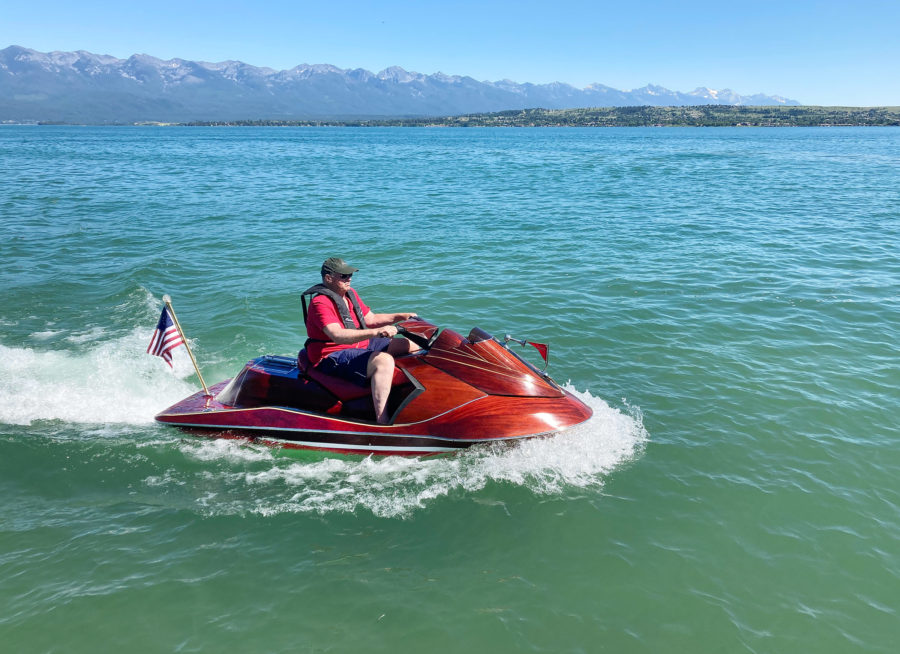
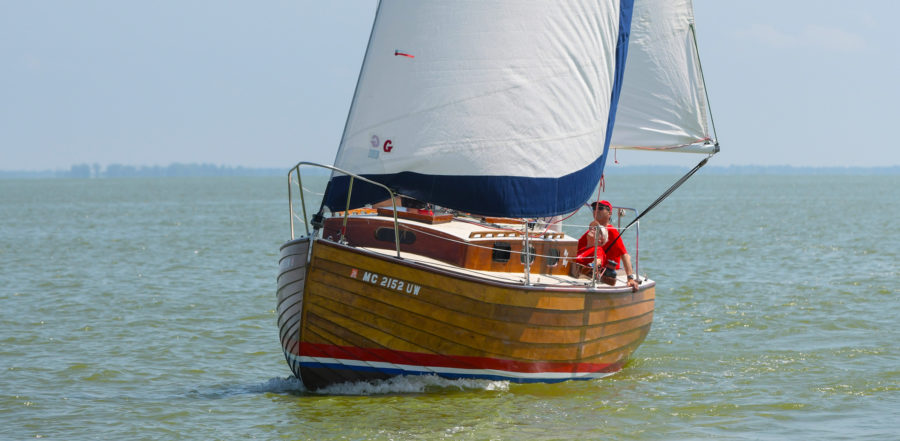

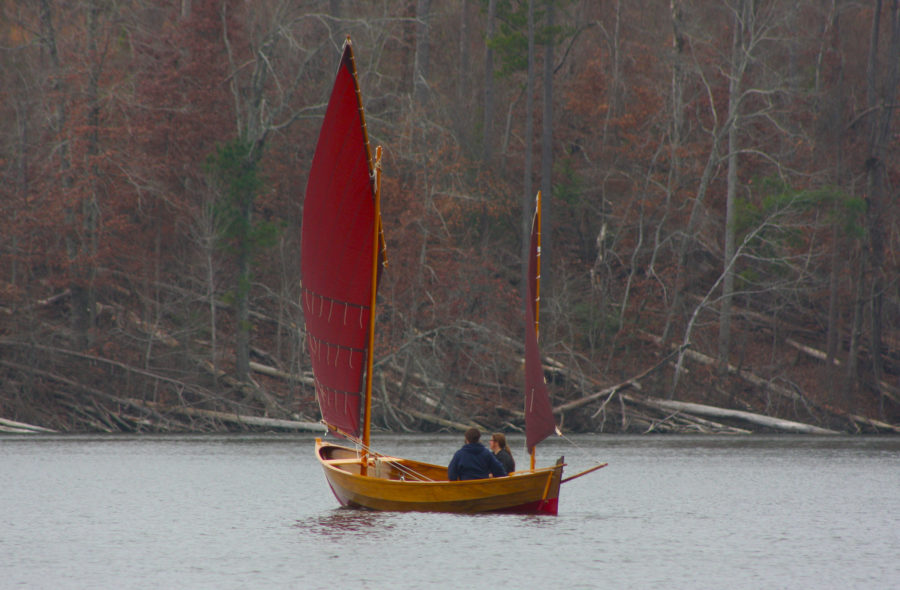
You set the hook when it was mentioned that the seats are slotted to make them lighter, then reeled us in with the eye-pleasing sheerstrake. It is easy to spot that a lot of seasoned reason had gone into this design. RIPPLE looks to be a fine craft to muck about in.
Cheers,
Skipper and Kent
Another fine vessel from Sean’s drawing board. We’ll done! I’m hoping to build one of his peapod designs from my pile of red cedar.
Nice work!
What a teaser! I see no link where we can get the plans….
Hi. Could a boat as this be purchased already built please? If so, how, price, etc?? Fantastic story— what our world needs today!!! Slow and easy!
Would love to purchase plans. Are they available?
Where do you get plans?
Your comment about outboards reminds me of a time in Fossil Bay, on Sucia Island in the San Juans. As the dock was clogged with bigger boats, the skipper of a cruiser moored out to a buoy, and readied his little dinghy to convey his guests ashore. He hung a little outboard on the dinghy’s transom, and pulled on the starter string about 100 times, to no avail. He could have rowed the distance, maybe 25 yards, several times (one passenger per trip) while he was humiliating himself over the cranky little eggbeater.
I thought, “Have you never heard of oars?”
Which reminds me: I see a lot of people are orthographically challenged when it comes to dinghies. Here’s a ditty to help:
How dingy is the dinghy.
How leprous is its paint;
Though it floats atop the water,
A haughty yacht it ain’t.